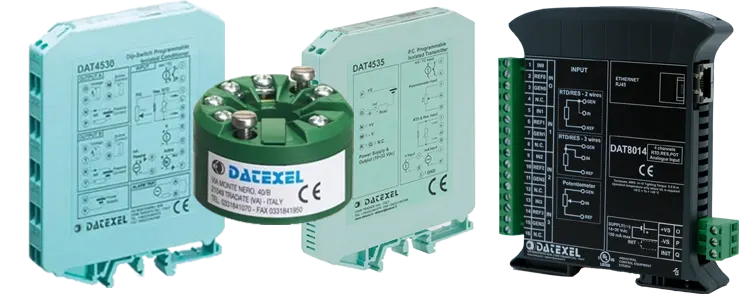Simple Guide to Types of Temperature Transmitters


Choosing the correct temperature transmitter can be difficult, and it may be best to consult a specialist. After choosing which temperature sensor to use, you have to decide on the mounting of the temperature transmitter, and three options come to mind. Read on for a simple guide to types of temperature transmitters.
If you’re going to mount the Temperature Transmitter into an industrial instrument control room or a master control room, the first choice should be a DIN rail mount. DIN rail mount transmitters can be mounted on G DIN rail or top-hat-type DIN rail. To reduce space in the industrial instrument panel, you can mount a dual temperature transmitter in the space a single transmitter would fit.
Head mount transmitters are available to fit into thermocouple or RTD heads. The advantage of a head mount temperature transmitter is that the cable used to connect the temperature sensor in the field and the control room is a low-cost instrument cable instead of a thermocouple compensation wire.
These devices are smaller in size and can fit into a customer's product housing. They are slightly cheaper than the head mount transmitter. Once you’ve decided on the physical shape, you must decide if you require isolation.
Isolation is needed if there are ground loop problems such as different earths used between the field Instrument and the control room. If the earths are at a different potential, a small amount of current flows between the circuits, which can make the loop fail completely. It could also cause a small error in the temperature reading. This error is not always present and can be an intermittent failure in the temperature transmitter installation.
When a thermocouple is used at a temperature above 1200'C, the insulation can fail, which causes a short on the thermocouple or to the electrical heating elements. This can cause the reading to be incorrect. An isolated temperature transmitter will be able to work in this application by isolating the field thermocouple and the control room.
The final question in buying a temperature transmitter is whether to buy smart or not. This is simple today, as most temperature transmitters are now smart. They can be programmed with no power connected, and you can select the input type. The output is also selectable between current or voltage and the range is selectable.
The only thing you can't do with a smart temperature transmitter today is calibrate a temperature transmitter, as they never need calibrating. Well, they might, but we haven’t for the last ten years!